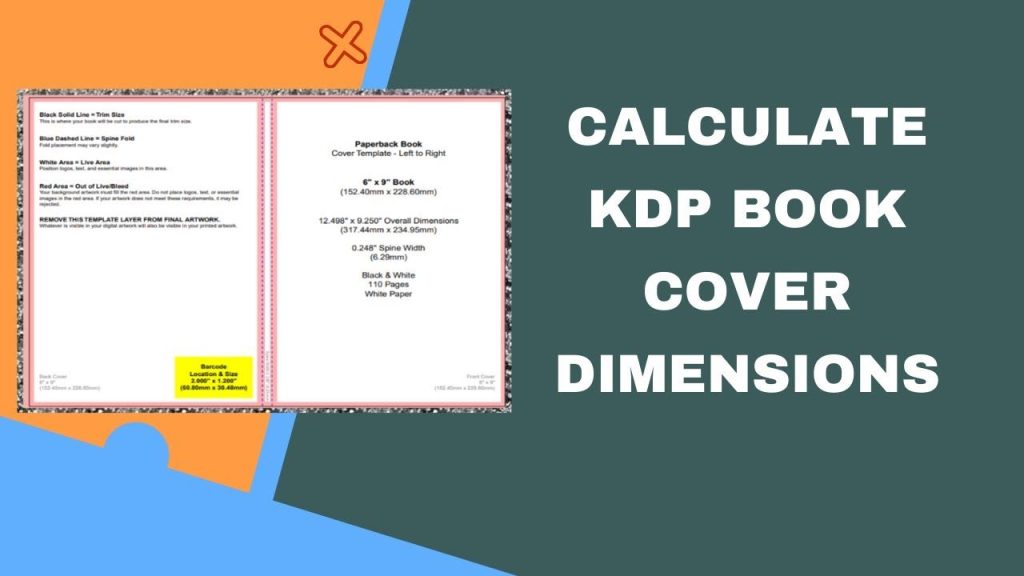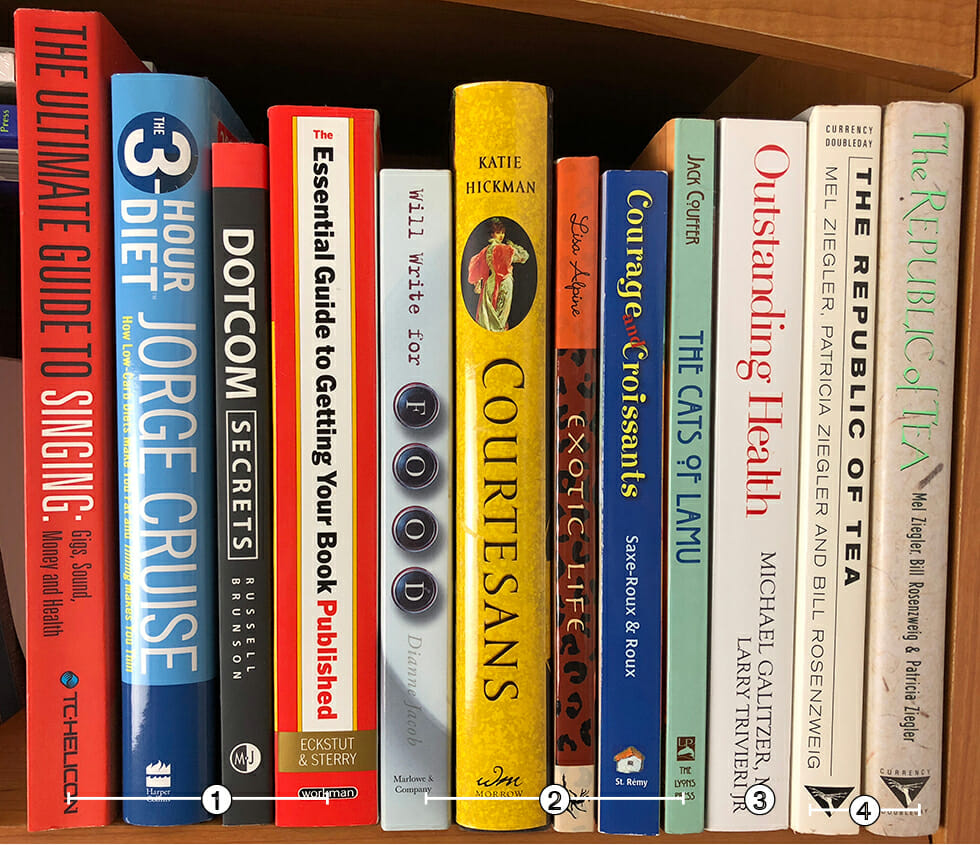
How Do You Calculate Book Spine?
The book spine, often overlooked but crucial for a book’s overall appearance on a shelf, plays a key role in design and printing. One of the simplest ways to calculate the book spine is by using a Book Spine Calculator.
This tool helps determine the width of the spine based on the number of pages, paper weight, and cover finish. Understanding how to accurately calculate the book spine ensures that your publication looks polished and professional. Let’s delve into the importance of this calculation and how it can impact your book’s presentation.
Book Spine Calculator Tool
Why is the Accurate Measurement of Spine Width Crucial for Your Book?
When it comes to producing a physical copy of your book, accuracy in every dimension is paramount, but one detail that is often overlooked is the spine width. The accurate measurement of your book’s spine width is crucial for several reasons, impacting not just the aesthetic appeal of your book, but also its durability, readability, and overall marketability.
A precisely measured spine ensures that the cover design is displayed correctly without any unsightly stretching or cramping. Moreover, it guarantees that the book can be opened and read comfortably without strain on the binding, thus prolonging its lifespan.
Understanding the significance of spine width measurement can be the difference between a professionally presented publication and one that appears amateurish, directly influencing how your book is perceived in a competitive marketplace.

Understanding the Importance of Spine Width in Book Design
Please note the spine width of your book is a critical consideration during the publishing process. Utilizing a thickness calculator as a tool to determine the correct width of your book’s spine ensures that when your book is bound, it will perfectly accommodate the book size and selection of paper.
This calculator applies a formula considering the length and variance in paper thickness to determine the ideal spine thickness. This measure is crucial to prevent the bow of pages and to ensure a standard and pleasing setup for your publication.
How Spine Width Influences Cover Design and Text Visibility
In the print industry, spine width significantly impacts cover design and text visibility. A calculation with a height of 125 can help find the perfect arrow for the job.
Designers often need to draw, mark the arrow, and tune their artwork meticulously to ensure the image and text align precisely with the arrow spine, especially when dealing with shooting for a narrow or slightly wider spine.
A sample or mock-up is helpful to visualize how the final product will look. Recommendations might include adjusting the nock and riser to glue the design elements correctly. This method is star advice for ensuring readability and aesthetic appeal.
The Role of Spine Width in the Durability of Perfect Bound Books
The spine width plays a crucial role in the durability of perfect bound books. A properly calibrated spine width ensures that the pages are securely attached and can withstand frequent use without the risk of pages falling out.
Experts recommend precise measurements for the spine to match the paper’s thickness and book’s overall size, enhancing longevity and user satisfaction.
Step-by-Step Guide: Using the Book Spine Calculator for Precision
Ever felt like a hot mess trying to figure out your book’s spine width? Fear not! Let’s dive into how the Book Spine Calculator saves the day.
First up, grab your book’s page count and paper type. Pop those details into the calculator and boom, it spits out the perfect spine width.
No more guesswork or botched print jobs. The Book Spine Calculator is your secret weapon for getting it right every time. So go on, give it a whirl!
Entering Your Book’s Page Count and Paper Weight
Entering the page count and paper weight of your book is crucial in determining the final cost of printing. With these two factors in mind, you’ll be able to use a calculator to determine the most cost-effective printing option for your project. The page count will affect the overall size and thickness of your book, while the paper weight will determine the quality and durability of the pages. By inputting these values accurately, you’ll be able to guarantee that your book is printed to your desired specifications within your budget.
Adjusting for Binding Type and Paper Thickness
So, when you’re dealing with binding type and paper thickness, it’s kinda like packing a suitcase. You gotta play around to see what fits best. Whether it’s a bulky sweater or a sleek jacket, each choice affects how much space you’ve got left. Similarly, picking a binding type and deciding on the paper thickness can totally change the look and feel of your project. It’s all about finding that perfect balance!
Decoding the Calculator’s Output for Your Book Specifications
When you’re getting your doc printed, don’t forget to tweak things based on the binding type and paper thickness. That way, it looks top-notch and feels right. Thick paper might need a different binding approach. Get this combo perfect, and your piece will not just look good, but also last longer.
Customized Solutions: Spine Width for Different Types of Books
Calculating Spine Width for Textbooks vs. Novels
Ever thought about how binding type or paper thickness can be a game changer for your project? Well, it’s all about finding that sweet spot. Whether you’re going for a sleek, professional look or something more rugged and enduring, these choices can totally transform your work.
It’s like, if you pick a thick paper, you’re probably looking at a more durable feel, right? But remember, it might bulk up your project, especially if you’re using a binding type that adds its own thickness. Gotta keep that balance to avoid ending up with something too chunky to handle or too flimsy to last!
Special Considerations for Oversized Books and Manuals
Handling oversized books and manuals can be a bit tricky, you know? They’re not just big; they’re super inconvenient to lug around.
First off, you’ve gotta find a spot on your shelf where they actually fit. And forget about taking them on the go. Plus, reading these behemoths without getting a cramp? Good luck!
Perfect Spine Width for Photobooks and Graphic Novels
Ever wondered why your photobooks and graphic novels sometimes just don’t lay right? It’s all about the spine width, folks. Strike that perfect balance, and you’re golden. Too skinny, and the pages don’t turn well. Too chunky, and it’s like holding a brick. It’s a real Goldilocks situation.
Common Pitfalls When Measuring Book Spine Width and How to Avoid Them
Avoiding Miscalculations Due to Incorrect Paper Weight Entry
Ever had a print job go sideways ’cause you goofed up the paper weight entry? Such a headache, right? It’s like, one tiny slip, and bam, your project’s all wonky. Making sure the deets match what’s loaded is key. So double check that paper weight before you hit go. Saves a ton of redo grief.
Ensuring Accuracy by Factoring in Additional Book Components
So, when we’re diving into our books, it’s super important to not just skim through the main text. We gotta pay attention to the extra bits like the foreword, appendices, and even those footnotes at the bottom of the pages. These pieces can seriously level up our understanding and make sure we’re getting the full picture, not just a slice. By keeping an eye on these additional components, we make our knowledge game strong and accurate.
Choosing the Right Calculator Settings for Your Book Binding Method
Selecting the correct calculator settings for your book binding method is crucial for accuracy and efficiency. Whether you’re working on perfect binding, saddle stitching, or any other form, adjusting your calculator to account for spine width, cover thickness, and the number of pages ensures precise calculations. This foresight aids in minimizing waste and optimizing material usage.
Expert Tips for Perfect Book Binding and Spine Design
Selecting the Ideal Thickness and Weight for Your Book’sPaper
Choosing the ideal thickness and weight for your book’s paper is crucial in ensuring a high-quality reading experience. It requires understanding the balance between durability and ease of handling. The paper thickness influences the book’s bulk and portability, while the weight affects the page’s feel and the overall tactile experience. Consider the genre and audience when selecting, as heavier, thicker pages may convey luxury, suitable for art books or limited editions.
Incorporating Bleed in Your Cover Design for a Flawless Finish
Incorporating bleed into your cover design ensures a flawless finish by extending imagery or colors beyond the edge of your page. This crucial step prevents unsightly white edges during the trimming process, creating a seamless look that enhances the professional appeal of your project or publication.
Enhancing Shelf Appeal with Creative Spine Width and Design
Enhancing shelf appeal through creative spine width and design is pivotal in attracting consumer attention. A well-thought-out spine can make your product stand out amidst a sea of competitors. By experimenting with different widths and incorporating eye-catching designs, products can capture the curiosity and interest of potential buyers, significantly boosting their visibility.
FAQs: Everything You Need to Know About Our Book Spine Calculator
How to Correctly Measure Your Book’s Page Thickness for the Calculator
When aiming to accurately measure your book’s page thickness for calculation, first ensure that your book is closed and lying on a flat surface. Use a ruler or a caliper to gauge the book’s total thickness in millimeters or inches.
Next, divide this total thickness by the number of pages the book contains to get the average thickness per page. This method provides a precise measurement necessary for various applications, such as bookbinding or storage considerations.
Can the Spine Width Calculator Account for All Types of Binding?
While the Spine Width Calculator is designed to estimate the spine width for books based on page count and paper thickness, it may not accurately account for all types of binding. Variations in binding techniques, such as coil, staple, glue, or sewn, can significantly affect the final spine width. Advanced or non-standard binding methods may require manual adjustment or the consultation of a professional to ensure accuracy.
Maximizing Your Book’s Appeal: Expert Advice from Our Team
To maximize your book’s appeal, the first step is understanding your target audience. Our team emphasizes the importance of crafting a captivating cover and a compelling title that instantly grab attention.
Additionally, ensuring your book description clearly outlines the benefits and hooks readers is crucial. Investing in professional editing to eliminate errors and enhance readability can significantly increase your book’s attractiveness to potential readers.